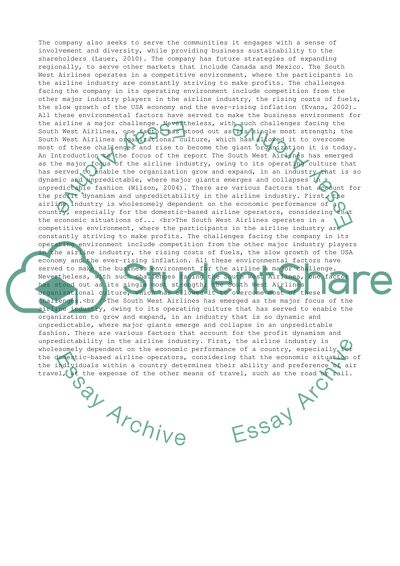Cite this document
(“South West Airlines Research Paper Example | Topics and Well Written Essays - 3500 words”, n.d.)
South West Airlines Research Paper Example | Topics and Well Written Essays - 3500 words. Retrieved from https://studentshare.org/business/1476096-south-west-airlines
South West Airlines Research Paper Example | Topics and Well Written Essays - 3500 words. Retrieved from https://studentshare.org/business/1476096-south-west-airlines
(South West Airlines Research Paper Example | Topics and Well Written Essays - 3500 Words)
South West Airlines Research Paper Example | Topics and Well Written Essays - 3500 Words. https://studentshare.org/business/1476096-south-west-airlines.
South West Airlines Research Paper Example | Topics and Well Written Essays - 3500 Words. https://studentshare.org/business/1476096-south-west-airlines.
“South West Airlines Research Paper Example | Topics and Well Written Essays - 3500 Words”, n.d. https://studentshare.org/business/1476096-south-west-airlines.


